
How Your Feet Could Be Signaling Heart Problems and Clogged Arteries
When it comes to heart health, the first things that come to mind are usually the heart itself, blood pressure, cholesterol levels, and even chest pain. However, did you know that your feet could be giving you important signals about your cardiovascular health? While it might sound surprising, your feet can offer valuable clues about the state of your heart and arteries. Symptoms like pain, swelling, numbness, or tingling in the feet and legs can point to serious conditions such as peripheral artery disease (PAD) or coronary artery disease (CAD), both of which can lead to significant health issues if left untreated.
Your feet are a reflection of your circulatory system, and when they experience discomfort or changes, it could indicate that there is a problem with your blood flow. In this article, we’ll explore how your feet can signal heart problems, the signs you should look out for, and how to take action to maintain both heart and foot health.
Understanding Peripheral Artery Disease (PAD)
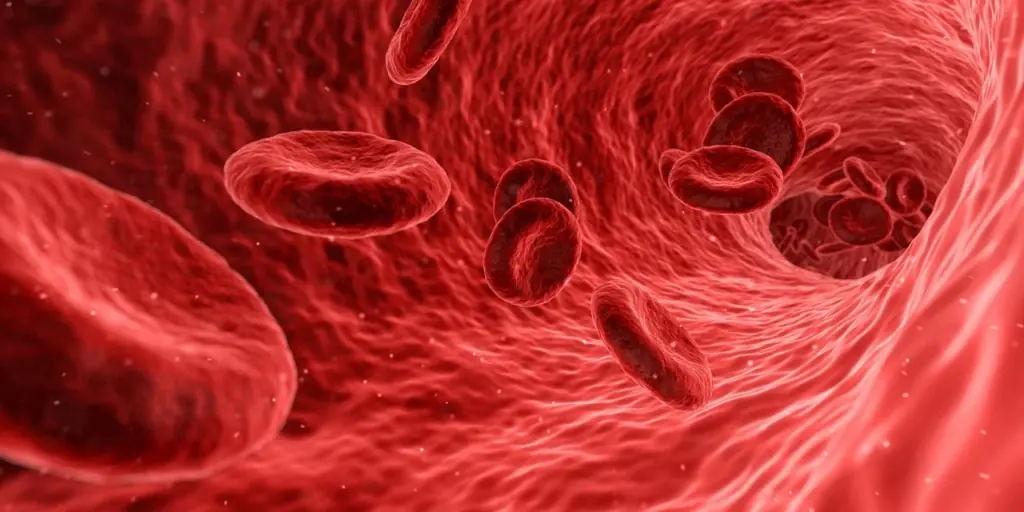
Peripheral artery disease (PAD) is one of the most common cardiovascular conditions that affect your legs and feet. It occurs when plaque builds up in the arteries that supply blood to your extremities, reducing blood flow and causing a range of symptoms. PAD is a form of atherosclerosis (hardening of the arteries) and can result in pain, cramping, and in severe cases, tissue damage or even limb loss.
In the early stages, PAD may not produce significant symptoms, but as the disease progresses, the effects can become more severe. People with PAD often experience:
-
Pain or Cramping in the Legs and Feet: Especially when walking, climbing stairs, or standing for prolonged periods.
-
Cold Feet or Legs: Reduced blood flow can cause extremities to feel unusually cold.
-
Numbness or Tingling: Poor circulation may lead to numbness or a "pins and needles" sensation in the legs or feet.
-
Discoloration of the Skin: Reduced oxygen supply to the skin can lead to changes in color, including pale or bluish skin tones.
-
Slow-Healing Wounds: Decreased blood flow means that cuts or blisters on the feet can take much longer to heal, increasing the risk of infection.
The Connection Between PAD and Heart Disease

It’s important to note that PAD is often a sign of widespread atherosclerosis in the body. Atherosclerosis affects arteries throughout the body, including those in the heart (coronary arteries), and is a major cause of heart disease. Individuals with PAD are at a higher risk for heart attack, stroke, and other cardiovascular diseases.
Dr. Kenneth Ouriel, a vascular surgeon, explains that PAD is essentially a “red flag” for potential heart problems. Since both conditions involve poor blood flow and plaque buildup in the arteries, it’s common for someone with PAD to also have a high risk of developing coronary artery disease (CAD), which involves the blockage of arteries supplying the heart.
Symptoms and How to Identify PAD Early
When it comes to detecting PAD, early detection is critical. Recognizing symptoms early can help you take proactive steps to manage the condition and reduce the risk of complications, such as stroke or heart attack. Some of the most common warning signs of PAD in the feet and legs include:

-
Leg Pain While Walking (Intermittent Claudication): This is often the first symptom of PAD. It typically occurs when walking or exercising and is relieved by rest. The pain occurs because the muscles in your legs aren’t getting enough oxygenated blood during physical activity.
-
Swelling in the Feet and Ankles: This may be a sign of poor circulation or even heart failure. If the heart is not pumping effectively, fluid can accumulate in the extremities.
-
Cold or Pale Feet and Legs: Reduced circulation can make your feet feel colder than the rest of your body, and skin may appear paler than usual.
-
Wounds or Sores That Don’t Heal: If you notice slow-healing cuts or sores on your feet or legs, this is another potential sign of PAD.
If you notice any of these symptoms, it’s important to schedule a visit with your doctor. A simple, non-invasive test known as the ankle-brachial index (ABI) can measure the severity of PAD. This test compares blood pressure in your arm and ankle to assess the level of blood flow to your lower extremities.
The Importance of Early Detection and Regular Screenings
Many people are unaware they have PAD because the early symptoms are subtle and may be confused with other health issues, such as arthritis or general fatigue. Regular check-ups with your healthcare provider are essential, especially if you have risk factors such as smoking, high blood pressure, diabetes, or a family history of heart disease. Early detection allows for timely intervention, reducing the risk of serious complications.
How Poor Circulation Affects Your Feet
Your feet are highly sensitive to changes in circulation because they are farthest from your heart. When circulation is impaired, tissues in your feet and legs aren’t getting the oxygen and nutrients they need to function properly. This can result in a range of issues, including:

-
Pain and Cramping: When blood flow is restricted, muscles in the feet and legs may cramp or ache, particularly during physical activity.
-
Numbness and Tingling: Reduced blood flow can cause a sensation of numbness or “pins and needles” in the feet, often making it difficult to stand or walk for long periods.
-
Swelling: Poor circulation can lead to fluid retention, causing swelling in the feet and ankles. This condition is often referred to as peripheral edema.
-
Increased Risk of Infections: Since circulation is essential for wound healing, poor blood flow makes it harder for cuts, bruises, or blisters on the feet to heal properly, leading to an increased risk of infection.
The Role of Diabetes in Foot Health
Diabetes is another condition that can exacerbate circulation problems. High blood sugar levels can damage the blood vessels and nerves in the feet, leading to diabetic neuropathy. This condition results in numbness, tingling, and a loss of sensation in the feet, making it difficult to detect injuries or wounds. This, combined with poor circulation, can significantly increase the risk of infections and foot ulcers.
Maintaining stable blood sugar levels is essential for managing diabetes-related foot problems. Regular foot care, including checking your feet daily for cuts or blisters and maintaining good hygiene, is crucial for preventing complications.
Preventive Measures for PAD, CAD, and Foot Health
While PAD and CAD may not always be preventable, there are several lifestyle changes and habits that can help reduce the risk of developing these conditions and improve overall foot health:

-
Quit Smoking: Smoking is one of the most significant risk factors for PAD and heart disease. It damages blood vessels, reduces circulation, and promotes plaque buildup. Quitting smoking can significantly improve your vascular health.
-
Exercise Regularly: Regular physical activity helps improve blood flow, reduce cholesterol levels, and maintain a healthy weight. The U.S. Department of Health recommends at least 150 minutes of moderate exercise per week for adults.
-
Maintain a Healthy Diet: A heart-healthy diet that includes plenty of fruits, vegetables, whole grains, lean proteins, and healthy fats can help prevent plaque buildup in the arteries. Limiting processed foods, trans fats, and excess sugar is also essential.
-
Manage Your Blood Pressure and Cholesterol: High blood pressure and high cholesterol are major risk factors for PAD and CAD. Regular monitoring and lifestyle adjustments can help keep these numbers in check.
-
Take Care of Your Feet: Regularly inspect your feet for cuts, bruises, or other abnormalities. Keep your feet clean and moisturized, and wear comfortable shoes to avoid injury.
-
Control Blood Sugar Levels: For those with diabetes, maintaining optimal blood sugar levels is crucial to prevent nerve damage and poor circulation in the feet.
Conclusion
Your feet are more than just the foundation of your body - they can also offer valuable insights into your cardiovascular health. Symptoms like pain, swelling, numbness, or changes in skin color can indicate underlying issues with circulation, including peripheral artery disease or even heart disease. By recognizing these warning signs early and taking proactive steps to manage your health, you can reduce your risk of serious complications.
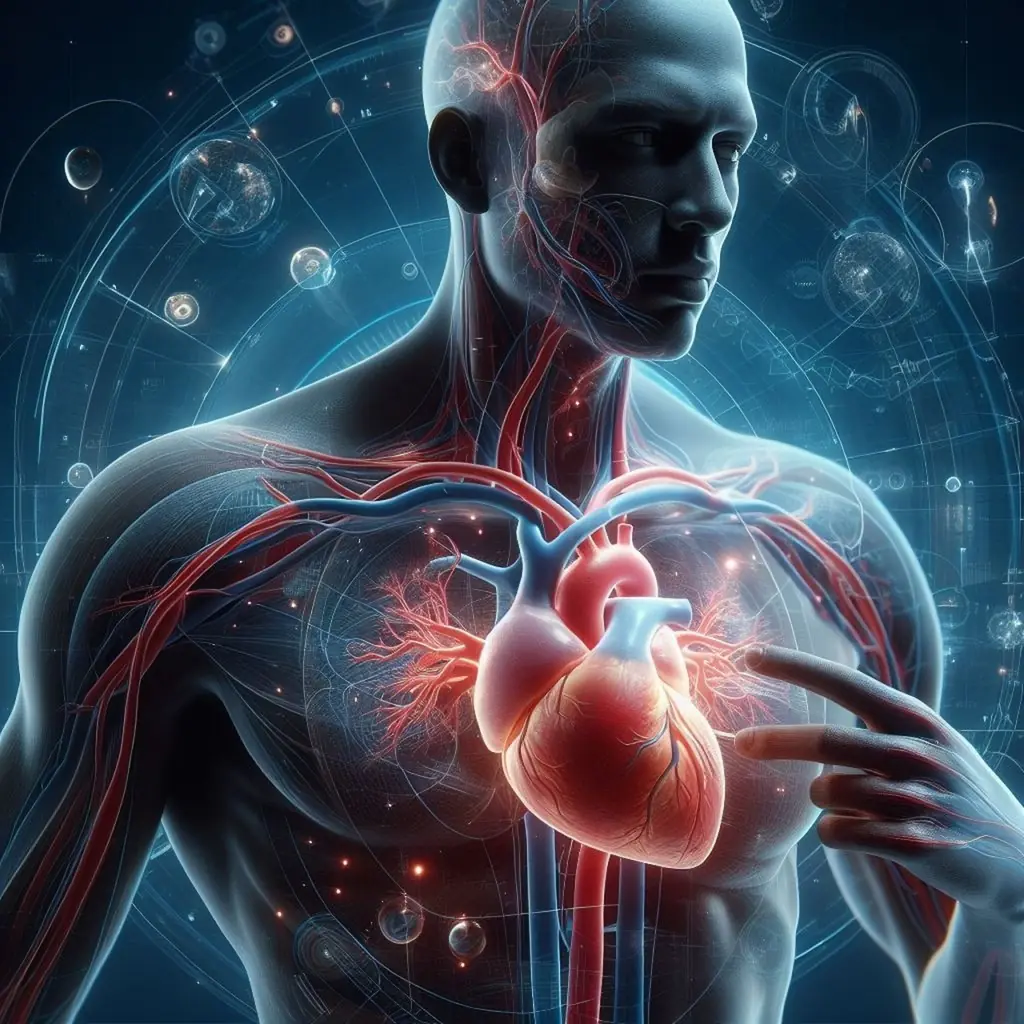
If you experience any symptoms that could indicate poor circulation or heart problems, don’t ignore them. Consult with your healthcare provider to get the necessary screenings and assessments to maintain both your heart and foot health. Early intervention can make all the difference in preventing more severe conditions down the line.
Being proactive in taking care of your feet and heart can significantly enhance your overall health and quality of life. So, listen to your body and take action when necessary to ensure a healthier future.
News in the same category

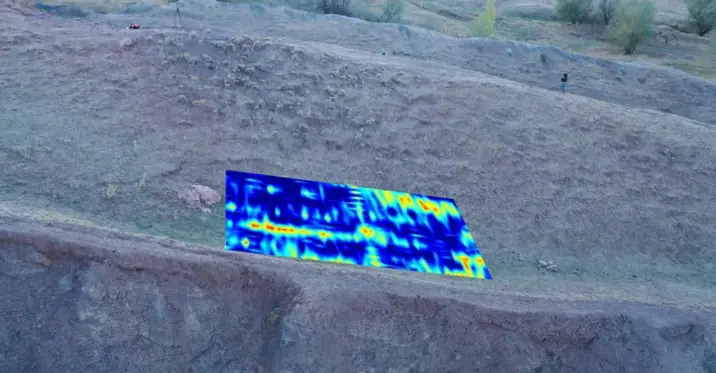
Is This the Lost Ark? Ground-Penetrating Radar Uncovers Intriguing Structures Beneath Turkish Site Tied to Biblical Legend

Hundreds of C@ncer-Causing Chemicals Found in Food Packaging: A Hidden Health Threat

Excessive Sleep Could Increase Dementia Risk: What You Need to Know

Bill Gates predicts three careers that AI won't replace

The Four Foods You Should Never Keep in Your Home: A Guide to Healthier Living

Kathryn Bernardo finally speaks up about rumors that she's now in a relationship

Experts Issue Warning About Frequent Use of Air Fryers: Here's What You Need to Know

Why Showering at Night Is Better Than in the Morning
For those struggling with poor sleep quality, muscle tension, or skin issues, showering at night may be a simple yet effective solution to improve overall health and well-being.

What Are Eye Floaters? Understanding Their Causes, Symptoms, and When to Seek Help

8 Anti-Can cer Foods to Add to Your Diet for Prevention
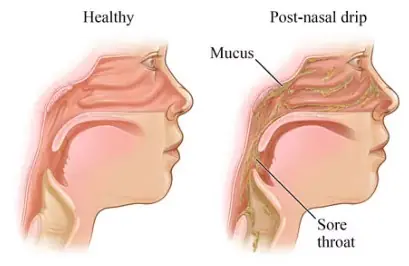
Understanding Mucus: What It Is, What It Means, and How to get rid of it

Understanding Dreams About De ceased Loved Ones: What They Mean and How They Help in Grieving

What Does It Mean To Wear a Ring On The Right Hand
The right hand represents strength, action, and decisiveness, while the finger and material you choose can further express your personality, values, and aspirations.

Over 200 People Are Killed By The “World’s Deadliest Food” Every Year, But Almost 500 Million People Still Eat It
No doubt there are many foods in the world that would make you feel full very quickly, but you do not usually find those at the dinner table every night.

Square Waves Are Real — and You Should Be Cautious When You See Them
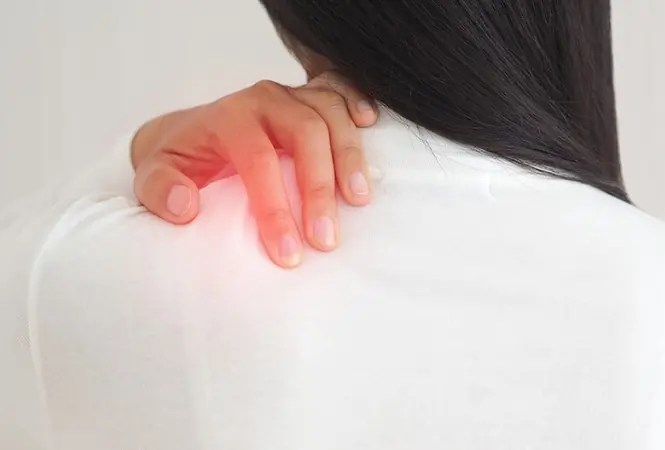
Important Signs You Might Have Polymyalgia Rheumatica: A Comprehensive Guide

Off The Record: Scientists Warn of Unprecedented Global Warming Threats By 2200, Leading to Catastrophic Heatwaves, Famine, and Flooding
Scientists at Germany’s Potsdam Institute for Climate Impact Research predict a shocking rise in global temperatures by 2200, with devastating impacts including severe heatwaves, famine, and flooding. Even if carbon emissions are reduced, the future loo

Man Over 700 Eggs In One Month To See What It Would Do To His Body. Here’s What Happened.
Dr. Nick Norwitz’s experiment of eating 720 eggs in 30 days provides an eye-opening perspective on the relationship between dietary cholesterol and heart health.
News Post

What Lies Beneath: Camera Dropped 305 Feet into Antarctic Ice Reveals Breathtaking Secrets of Earth’s Oldest Climate Record

Is This the Lost Ark? Ground-Penetrating Radar Uncovers Intriguing Structures Beneath Turkish Site Tied to Biblical Legend

No Paycheck, No Problem: What Pope Leo XIV Will Receive as the New Leader of the Catholic Church

Robert De Niro Slams Trump at Cannes: “This Is Not Just America’s Problem”

Hundreds of C@ncer-Causing Chemicals Found in Food Packaging: A Hidden Health Threat

Joe Biden diagnosed with aggressive prostate c@ncer; political leaders express support

Ivana Alawi Re-Blesses Her Entire Home Following Alleged Haunted Encounter
After experiencing unsettling events during an out-of-town trip, Ivana Alawi decided to have her whole house blessed again, sharing the spooky story in her latest vlog with Kyline Alcantara.

Donald Trump sl@mmed after sharing yet another baffling post about Taylor Swift

Ultimate Guide to Bridal Ubtan Recipes for Glowing, Radiant Skin: Timeless Beauty Secrets You Must Try
By consistently using these bridal ubtan recipes in the weeks leading up to your big day or any special occasion, you can unveil a luminous complexion that truly shines.

Excessive Sleep Could Increase Dementia Risk: What You Need to Know
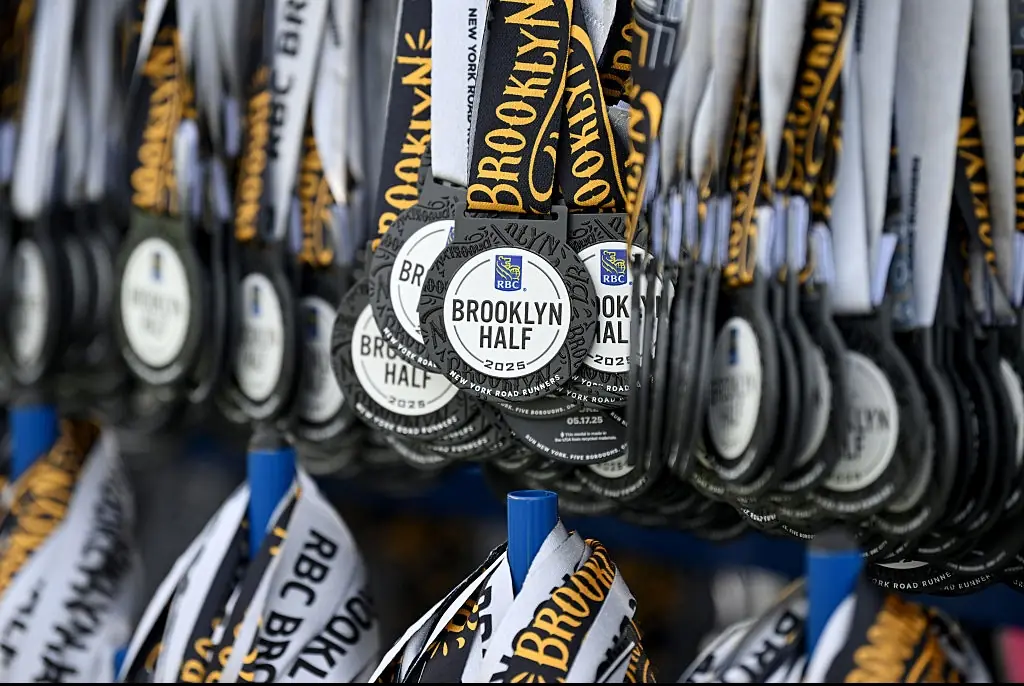
Brooklyn Half Marathon Runner Passes Away During Race After Collapsing on the Course

I Saw Her Name Glowing on His Phone Screen And My World Shattered
A glowing phone screen in a dark room revealed a deva$tating secret—my husband’s betrayal with someone I never expected. What followed was heartbre@k, rage, and the pa!nful choice to walk away.

DIY Coffee Face Packs for Glowing Skin – Coffee Benefits for skin
These natural masks nourish, rejuvenate, and protect your skin while addressing concerns like wrinkles, dark spots, dryness, and dullness.

Solenn Heussaff Shows Off her Bl@ck Eye
Celebrating Mother’s Day with a touch of humor and a minor injury, Solenn Heussaff reveals how her youngest daughter accidentally gave her a black eye during a sleepy moment.

My Sister’s Face Staring Back at Me from His Laptop Screen: The Secret That Shattered My World
A forgotten laptop revealed a secret I never expected—my husband’s hidden life with my sister, a web of l!es, pa!n, and betrayal that turned my world upside down. This is the raw, heart-wrenching story of trust br0ken and truth uncovered.

Katy Perry Opens Up About a Hum!liating Setback That Almost Ended Her Music Career

Alynna Opens Up About Family Rift with Hajji Alejandro’s Relatives and Responds to Accusations of Gold-Digging
In an emotional reveal, singer Alynna discusses the tension with some members of Hajji Alejandro’s family, affirming her genuine love and sacrifice during their 27-year relationship.

My Sister Left Her Phone in My Car, What I Saw in Those Texts Shattered Everything
I never expected a forgotten phone to reveal a brutal conspiracy between my sister and someone I trusted — plotting to ste@l the family home and betray me. What followed was heartbre@k, rage, and the f!ght for justice.

Paolo Bediones Breaks Silence on Viral Privat3 V!de0 Controversy After 11 Years
After more than a decade, TV host Paolo Bediones opens up about the ordeal surrounding the leak of his privat3 vide0s and the threats he faced.

Kristel Fulgar Shares How Her Husband’s Conversion to INC Proved He Was ‘The One’
Kristel Fulgar opens up about her husband Ha Su-hyuk’s heartfelt journey to convert to Iglesia ni Cristo, revealing how this commitment confirmed their destined love.